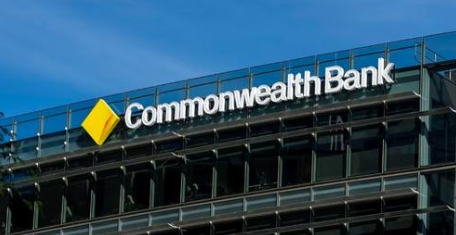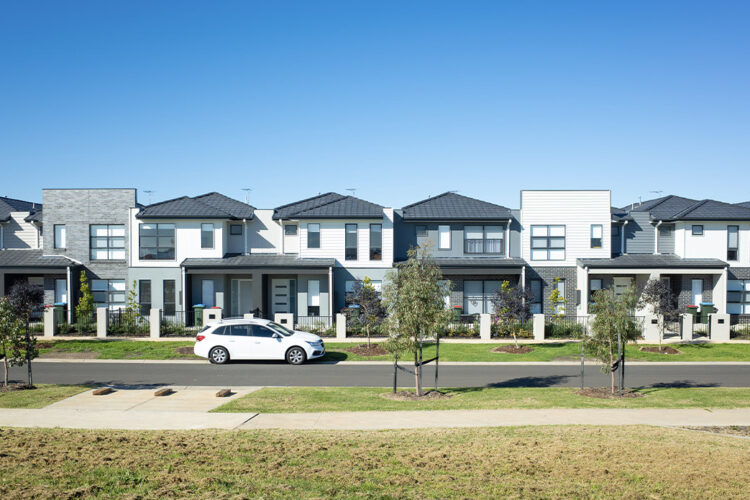In an era of never-ending rental crises, a new report has highlighted 10 regions across the country crying out for more affordable rental stock.
Several factors were utilised by Suburbtrends for its ‘Rental Crisis Report’ to identify the selected suburbs, including whether these areas boasted incredibly low vacancy rates, where weekly rents exceed incomes below the state average, and possess an incredibly low building approvals pipeline indicating the problem will not dissipate in the near future.
According to the research firm, Australian rental markets were filtered out if they contained more than three rental properties, had a vacancy below 1.5 per cent, and had household income levels in the upper 50 per cent of the state.
From this point, a ranking was determined by median weekly rent expressed as a percentage share of their average weekly household income, a measure dubbed ‘rental affordability.’
The listed regions were spread across five states with Queensland laying claim to the most (five), followed by NSW (three), while South Australia and Victoria lay claim to a single suburb.
Suburbtrends founder Kent Lardner believes the rental crisis is one of the biggest issues plaguing Australian society as a whole with “a significant number of suburban areas throughout Australia are experiencing a severe shortage of rental properties, with vacancy rates at historic lows and tenants facing difficulties in securing adequate housing.”
He outlined how “well-to-do renters in upscale suburbs benefit from a wider range of housing options, particularly given their ability to work remotely as many belong to the knowledge worker demographic,” while identifying that renters in lower-income households face a dire situation born of “limited choices and significant difficulties in securing appropriate housing.”
The report “sheds light on the suburbs hardest hit by a shortage of rental properties.”
“While we acknowledge that finding a solution to this crisis is complex, we call on the Australian federal government to collaborate with state and territory governments to increase the supply of rental properties and alleviate this pressing issue,” Mr Lardner concluded.
According to Suburbtrends, here are the 10 Australian regions desperate for rental stock:
- Main Beach, Queensland (House):
There has been a 0.4 per cent vacancy rate increase in this region in the 12 months to January leading to 0.6 per cent of houses being available for rent at the beginning of 2023. Median weekly rents in the area have risen 33 per cent in that time leading to renters charged $1,200, a sum which makes up 71 per cent of the average weekly household income of $1,682.
- Tweed Heads South, NSW (House):
Vacancy rates have dipped in this NSW-Queensland border town to 0.4 per cent in January, while rents have trended in the opposite direction — rising 10 per cent in the 12 months to January to $680. Rents account for 70 per cent of Tweed Heads South’s median weekly household income of $976.
- Eastlakes, NSW (House):
This South Sydney suburb has experienced rent increase of 18 per cent in the 12 months to January to $825, while vacancy rates have dropped significantly from 1.9 per cent last January to 0.3 per cent in the initial week of 2023. The median household income in this airport’s neighbouring area is $1,300, meaning median rents equate to 63 per cent of the average income.
- Warrawong, NSW (House):
Just past Wollongong on the state’s South Coast, residents in the region have watched as vacancy rates dipped to 0.8 per cent in January this year, while in the preceding 12 months, rents have climbed 13 per cent from $450 to $510, resulting in the average home owner, who earns $908 per week, spending 56 per cent of their weekly income on rent.
- Pialba, Queensland (House):
Over the year to January 2023, vacancy rates in this Central Queensland suburb dipped 0.6 per cent to 0.2 per cent while rents climbed to $500 from $420. On average, a Pialba household earns $932 per week, while rent accounts for 54 per cent of their earnings.
- Currumbin Waters, Queensland (House):
On the state’s Gold Coast, vacancy rates in this suburb have driven up 0.5 per cent from 0.3 per cent in January 2022 to 0.8 per cent last month. Rents have also grown 18 per cent during that time, with the average tenant in the region charged $850 for accommodation, which accounts for 52 per cent of the region’s median weekly income of $1,636.
- Victor Harbor, South Australia (House):
The first non-Queensland or NSW suburb to enter the list lays claim to a dire zero per cent vacancy rate, a figure which has remained since January 2022, while rents have risen slightly from $410 to $450. The average household within the region spends 51 per cent of their $882 median weekly income on rent.
- Capel Sound, Victoria (House):
Having begun 2022 with a zero per cent vacancy rate, this suburb at the tip of Melbourne’s Mornington Peninsula’s market rebounded slightly with 0.6 per cent of properties available for rent at the beginning of this year. Median rents of $450 mean the average household — with an income of $950 — will fork out just over half (51 per cent) of their income on rent.
- Bilinga, Queensland (House):
Vacancy rates have held steady (0.4 per cent) from January 2022 to last month, while median rents have slightly climbed from $620 to $720. On average, households in this Southern Queensland suburb earn $1,435 per week that sees rents take up 50 per cent of their income.
- Eli Waters, Queensland (House):
Located in the Sunshine State’s Hervey Bay region, Eli Waters’ vacancy rates have risen 0.7 per cent between January 2022 and January 2023 to 1 per cent. In that time, rents jumped 24 per cent to $1,038 meaning the average household spends exactly half their median weekly income on rent.


